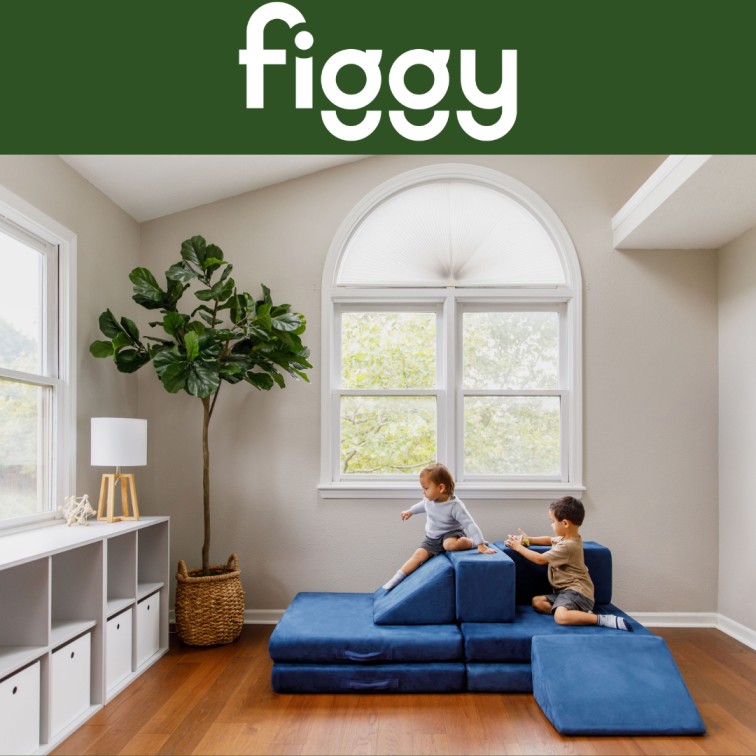The sippy cup is an indispensable baby product for most parents and there's a good reason why. It’s helpful for babies to learn how to drink fluids independently and it also makes this transition much easier for parents. After all, most modern sippy cups have no-spill features that reduce the mess and clean-up chores, which has helped popularize them worldwide. Despite their popularity and obvious benefits, even the best expert-vetted sippy cups are not meant to be used forever. They are meant to help your baby transition to drinking independently at about 6 months of age and should be discarded completely by the time your baby turns 2 years old.
In recent years, there has been some pushback against the sippy cup trend, which some perceive as a modern invention that could interfere with child development. While some design features in modern sippy cups are best avoided, there are many others that are helpful. Moreover, contrary to the perception of sippy cups as new inventions, they’ve been around for millennia. Yes, you read that right. Sippy cups have been in use for at least 7,000 years, as revealed by archaeological finds at Neolithic sites across Europe. Here’s a closer look at how sippy cups have evolved and some essential modern features.
How the Sippy Cup has Evolved
Unlike natural selection, sippy cups were designed carefully by people living in Neolithic settlements. They were made from clay, had little spouts, and were used to supplement babies’ food and wean them away from breast milk, using milk from other animals such as cows, goats, and sheep. While these early sippy cups may appear crude and unsophisticated compared to the varieties we have today, they were popular enough to remain in use for thousands of years. To find out if they really worked as training cups, scientists also reconstructed one of these ancient sippy cups and tried it out with a 1 year old, who took to it intuitively.
We’re not sure what happened in the intermediary period, from the bronze age to the modern age, but parents once again had to deal with cleaning up spills, including a mechanical engineer, named Richard Belanger. His frustration with cleaning up after his son prompted him to invent the modern sippy cup using a hot glue gun, Tupperware, and a mouth piece. His experimentation was eventually successful and gave us the spill-proof sippy cup in 1981. In the following four decades, sippy cups have continued to evolve, now coming with different types of spouts, including soft silicone spouts, as well as spoutless varieties that use different types of straws and other features to improve usability and benefits.
Essential Modern Sippy Cup Features
The valves that were originally used to prevent spills also forced babies to suck at them, defeating the purpose of sippy cups, so look for no-spill cups without spill-preventing valves as recommended by the American Dental Association. Today, you can choose cups with flattened straws and weighted bottoms to avoid spills.
Textured cups with silicone grips can also be helpful as babies are still learning to hold and maneuver objects. They take to cups with handles and textured surfaces as they are easier to use.
Modern sippy cups are invariably made with plastics. Unfortunately, plastics often contain toxic chemicals like phthalates and bisphenols. Today, you can look for BPA-free plastic sippy cups or products made with stainless steel, silicone, or toughened glass.
Look for sippy cups that don’t have too many parts and they should be completely dishwasher safe. This makes a huge difference as you need to clean them after every use because bacteria and mold can grow quickly in the nooks and ridges that these cups have.
If you’re opting for a sippy cup with spouts, as used by babies in the distant past, just make sure to look for cups with soft spouts as they are less likely to restrict tongue movement and interfere with development.







































No comments
We love hearing from you! Thanks for leaving us some comment love! If you're a new follower, please leave your link, so we can follow you back!